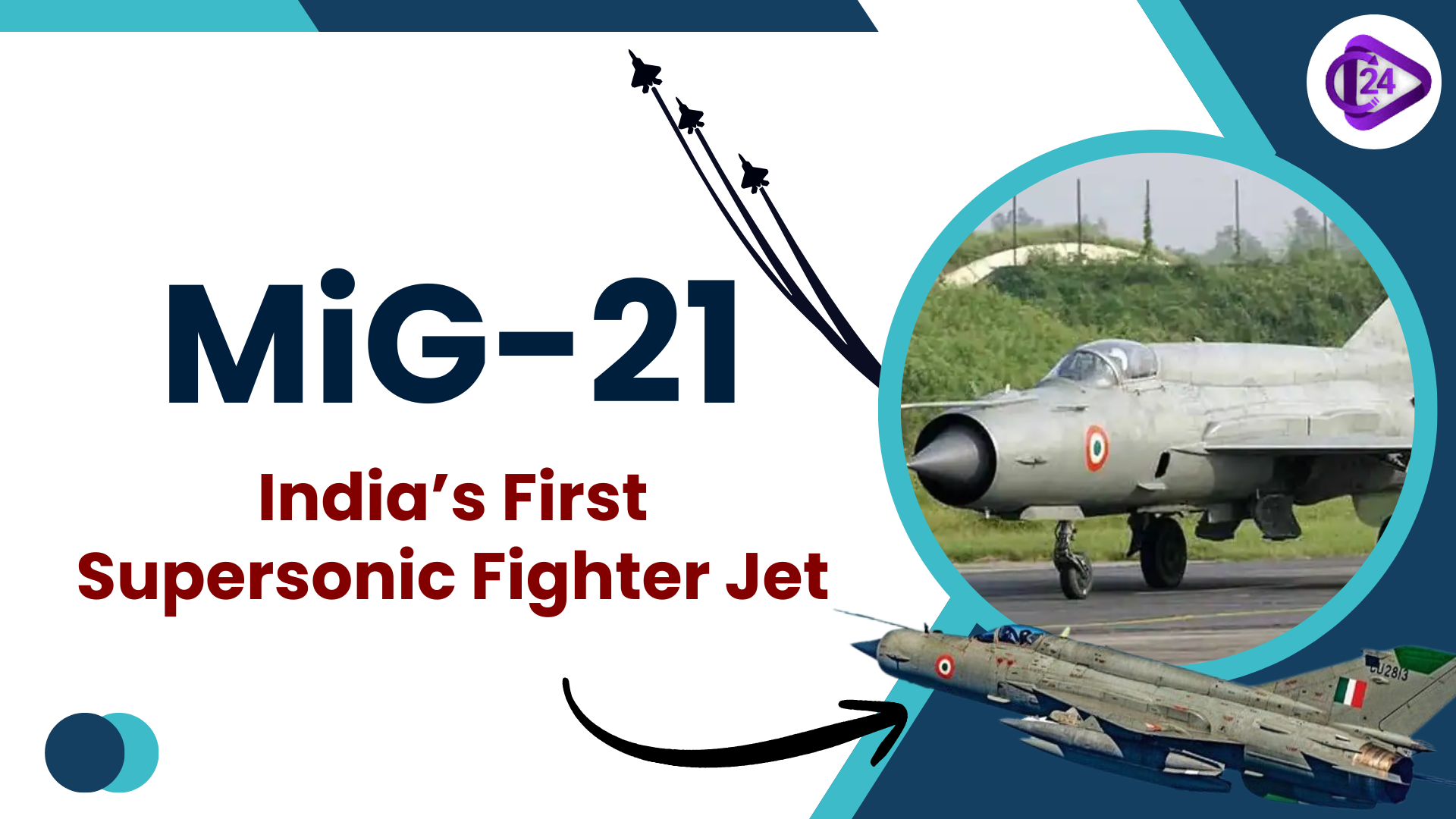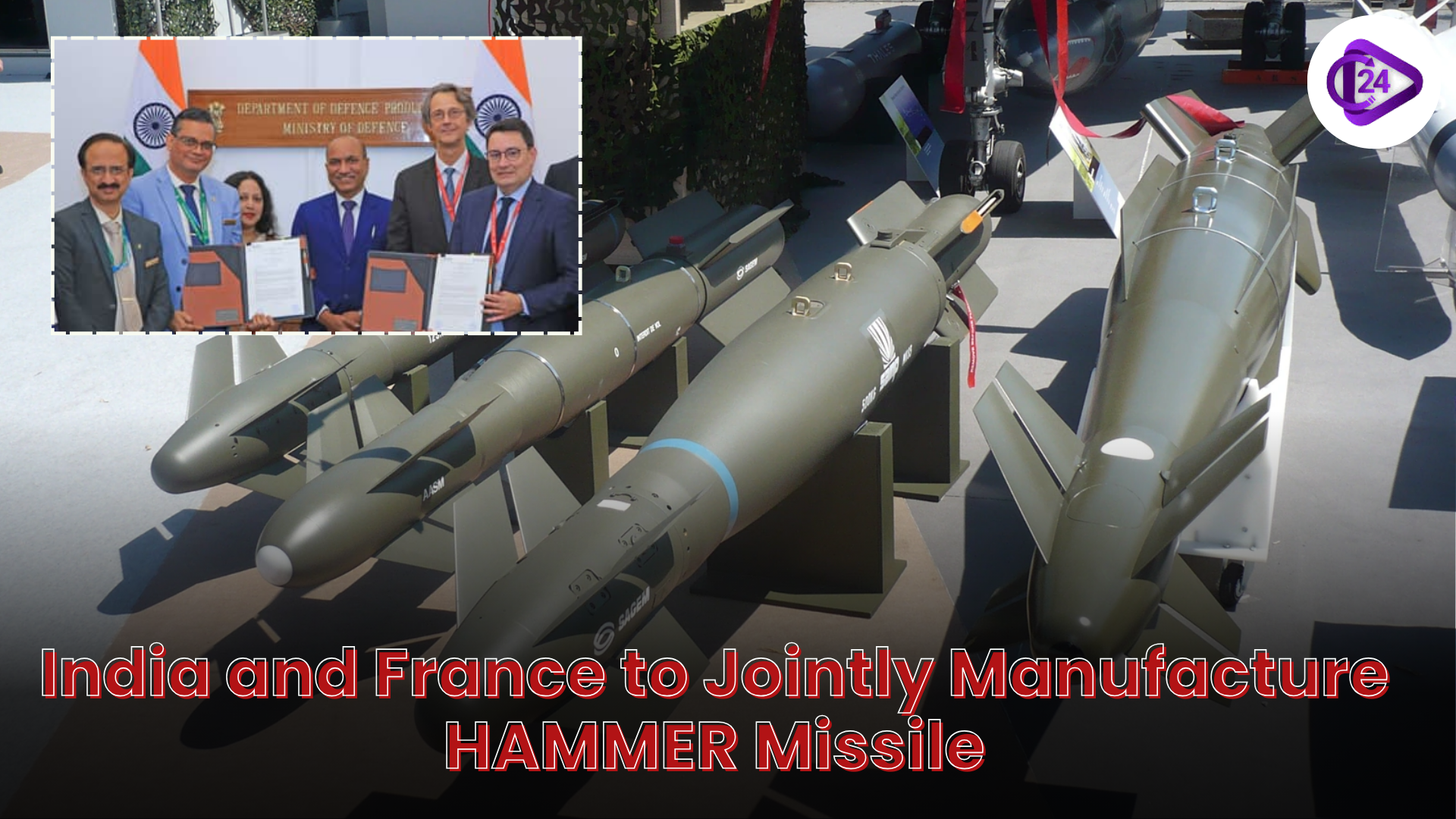
MiG-21 is an aircraft of Soviet origin and a Soviet-origin supersonic jet fighter aircraft that was inducted into the Indian Air Force (IAF) as early as 1963. It was the first supersonic fighter aircraft in India, which brought considerable development to the Indian Air Force's situation regarding combat ability. On 2 March 1963, at Chandigarh, the IAF established its first MiG-21, 28 Squadron, the First Supersonics. Wing Commander Dilbagh Singh assumed the command of this squadron and would later become the Air Chief Marshal between 1981 and 1984. MiG-21 was a major force that helped to fortify the Indian defense during several decades.
Key Features of MiG-21: India’s First Supersonic Fighter Jet
The MiG-21 has become one of the most well-known and longest-serving fighter jets in the history of the Indian Air Force. The discussed features were the key factors that made the MiG-21 a legend in the history of the Indian Air Force and global aviation. Supersonic Speed The MiG-21 was the first supersonic jet fighter in India's history and had a speed that exceeded Mach 2 (twice the speed of sound). It gave the Indian Air Force a significant advantage in interception speed and response time.
Supersonic Speed
-
The MiG-21 was the first supersonic jet fighter in India's history and had a speed that exceeded Mach 2 (twice the speed of sound).
-
It gave the Indian Air Force a significant advantage in interception speed and response time.
Multiple Variants
-
India had used a few modernized variants, which include:
-
MiG‑21FL
-
MiG‑21M
-
MiG‑21MF
-
MiG‑21Bis
-
MiG‑21 Bison
-
Upgradability
-
Despite being an old platform, the MiG‑21 was highly upgrade-friendly.
-
The Bison variant featured:
- Advanced avionics
- Radar systems
- Beyond Visual Round (BVR) missile
-
This made it compatible with modern air combat requirements, even in the 2000s.
Indigenous Production in India
-
Over 650 MiG‑21 aircraft were manufactured by HAL (Hindustan Aeronautics Limited) under license from the Soviet Union.
-
This made it the backbone of India’s fighter fleet for several decades.
-
It also helped boost India’s defense manufacturing capabilities.
Longest-Serving Fighter Jet in Indian History
-
MiG-21 is the longest-serving fighter jet in the Indian Air Force's history, with an operational history of more than 62 years (1963- 2025).
-
Its sustainability is manifested in its dependability, low maintenance, and significance in strategy.
Conclusion
In 1963, the Indian Air Force introduced the MiG-21 21 which had been developed in the Mikoyan-Gurevich Design Bureau of the Soviet Union. Being the first supersonic jet in India, it experienced more than 62 years of service, participated in influential wars, and was also licensed produced by HAL, which is an important subject matter for the defence exam gangs of India.



 BEL and Safran JV to Manufacture HAMMER Missiles in India
BEL and Safran JV to Manufacture HAMMER Missiles in India India and Sri Lanka to join military exercise ‘Mitra Shakti’ in Belagavi
India and Sri Lanka to join military exercise ‘Mitra Shakti’ in Belagavi India Launches Tri-Service Exercise ‘Ex Trishul’ Along Western Front
India Launches Tri-Service Exercise ‘Ex Trishul’ Along Western Front HAL Strengthens India’s Aviation Industry with SJ-100 Aircraft Manufacturing
HAL Strengthens India’s Aviation Industry with SJ-100 Aircraft Manufacturing India Becomes First Non-NATO Country to Join Spain’s Exercise
India Becomes First Non-NATO Country to Join Spain’s Exercise India, South Korea Launch First Bilateral Navy Exercise to Boost Maritime Cooperation
India, South Korea Launch First Bilateral Navy Exercise to Boost Maritime Cooperation DRDO Strengthens India’s Defense Capabilities with Radio Software Architecture 1.0
DRDO Strengthens India’s Defense Capabilities with Radio Software Architecture 1.0 Jal Prahar 2025: Indian Navy’s Largest Amphibious Drill to Strengthen Maritime Security
Jal Prahar 2025: Indian Navy’s Largest Amphibious Drill to Strengthen Maritime Security First Tri-Service All-Women Circumnavigation Sailing Expedition Flagged Off
First Tri-Service All-Women Circumnavigation Sailing Expedition Flagged Off






